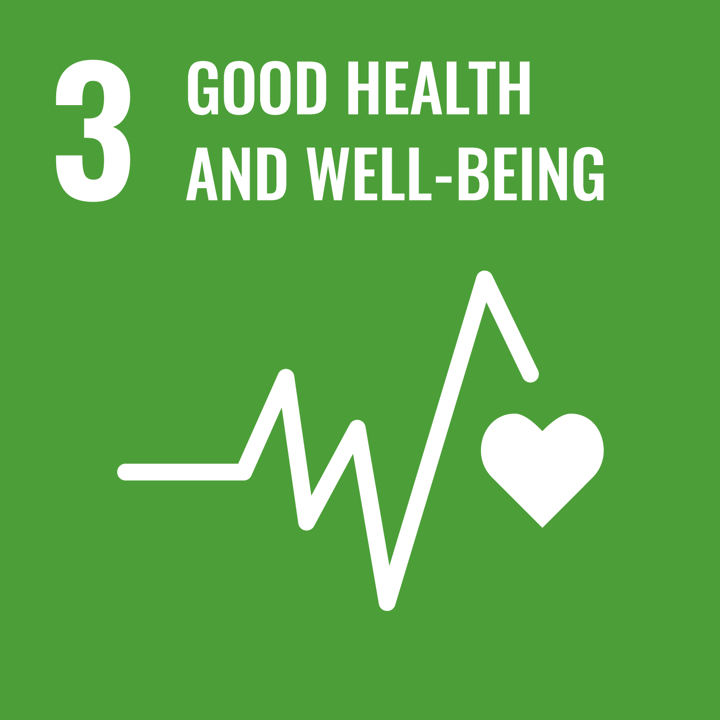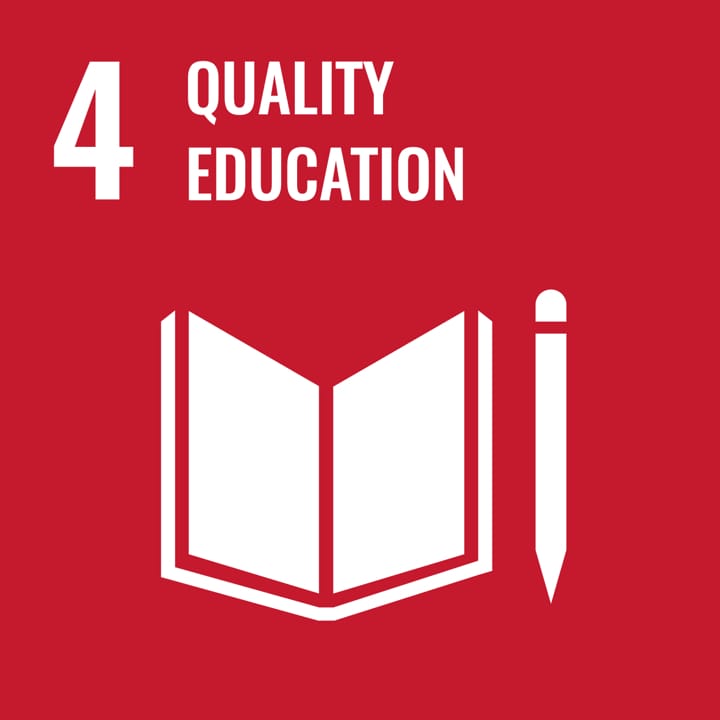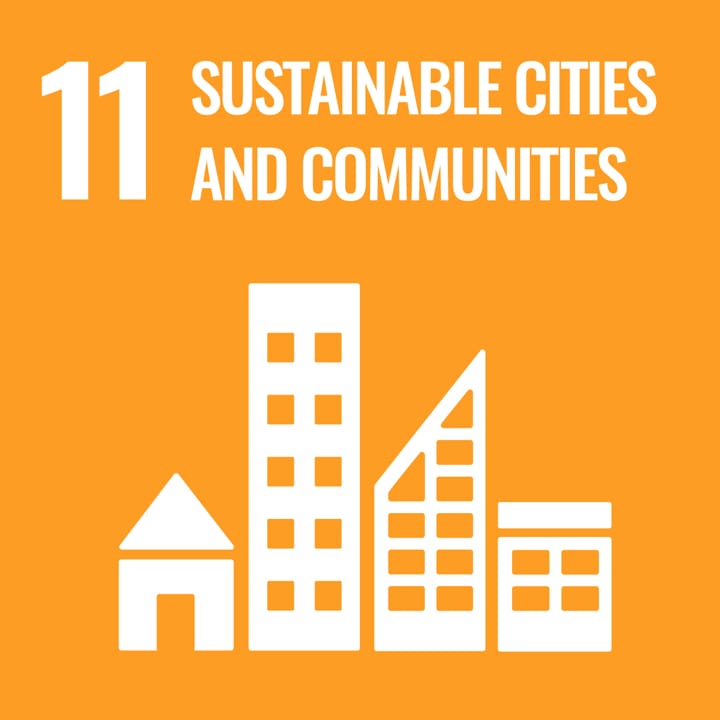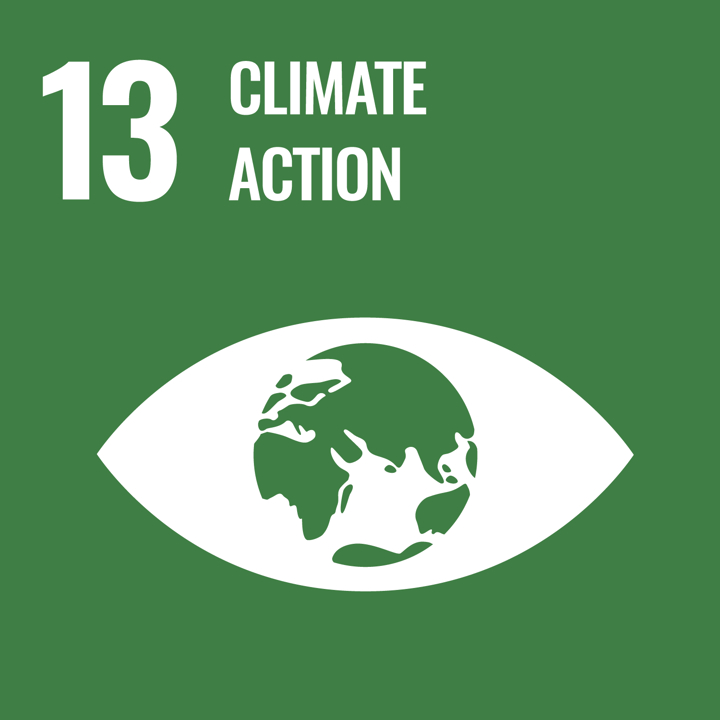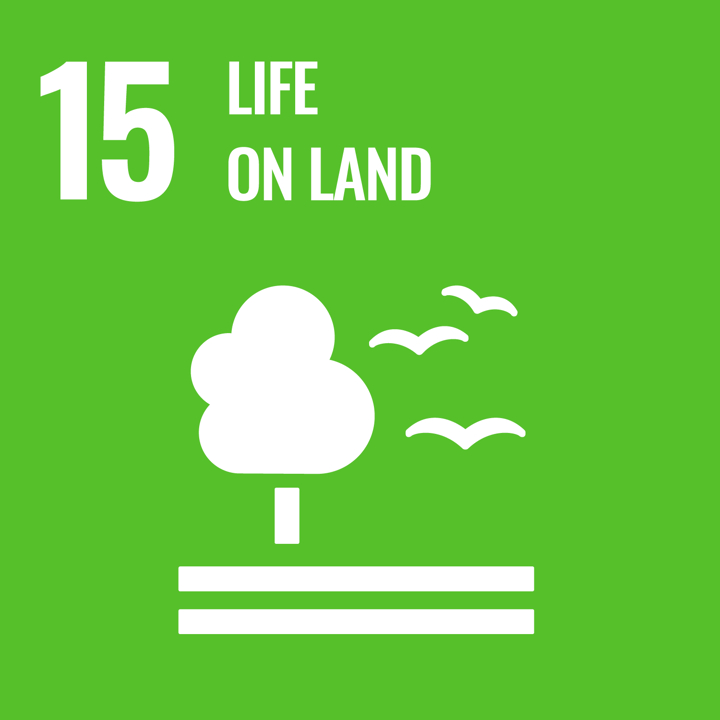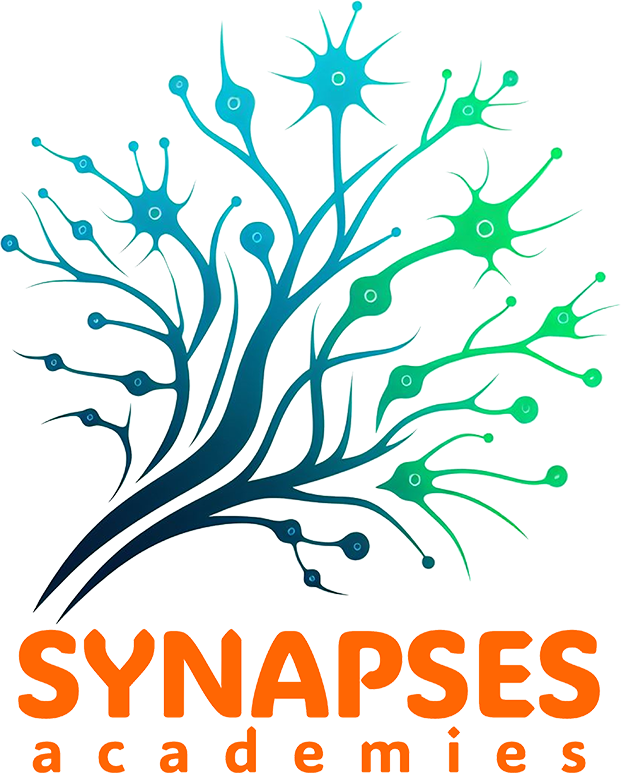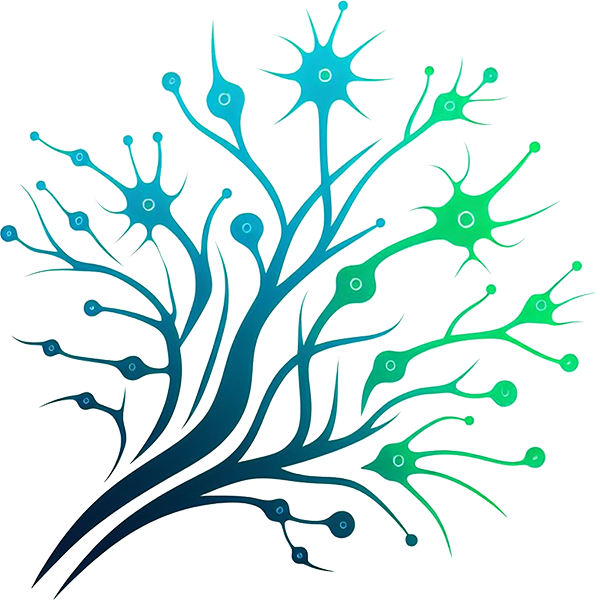
Zamýšlený koncový uživatel: Učitel, pedagogický pracovník
Věková skupina: Vyšší střední škola
Školní osnovy: Věda; společenské vědy a vědy o životním prostředí; aplikované vědy
Témata a náměty: Energy Use and Production; Environmental Change; Food and Agriculture
Doba trvání: If required, please provide a link to the resource:
Preparation time: 1h – 10 hrs, depending on the chosen activities; Implementation time: 5 lessons * (45 min) = 5 didactic hours
Typ zdroje: Plány výuky
Klíčová slova: Air-quality improvement, Public Health, CO2 sensor, CO2 Measurements, nature-based solutions, Green Walls
Jazyky: English, Dutch, Swedish, German, Portuguese, Greek, French, Italian, Lithuanian, Polish, Slovak and Spanish
Popis
The main goal of this learning scenario is to help students realize that the school environment, where they spend a lot of time, is very important for their health, well-being, concentration and studying efficiency. The aim is also to help students become more conscious about the natural environment’s impact on their health. To do so, the first action would be to measure certain air-quality parameters at school. A brainstorming activity will then take place. The students will discuss how to improve air quality at school and then further debate on how they could make school spaces greener. If needed, they could set up a green-wall concept for their school, and eventually build it. Nature-based solutions (NBS) are solutions that are inspired and supported by nature, which are cost-effective, simultaneously provide environmental, social and economic benefits and help build resilience. Such solutions bring more, and more diverse, nature and natural features and processes into cities, landscapes, and seascapes, through locally adapted, resource-efficient and systemic interventions. Nature-based solutions must therefore benefit biodiversity and support the delivery of a range of ecosystem services.
How to use this resource
Get Ready:
- Learn about Nature-Based Solutions (NBS) using the materials provided.
- Gather supplies like CO2 sensors and tools for brainstorming.
Teach the Basics:
- Explain how the environment affects health and introduce NBS.
- Show how air quality impacts well-being.
Engage Students:
- Work in groups to discuss ways to improve air quality at school.
- Build or use a CO2 sensor to measure air quality.
Find Solutions:
- Brainstorm ideas like adding plants or creating a green wall.
- Plan and design a project to make the school greener.
Share and Improve:
- Discuss findings and get feedback using tools like Mentimeter.
- Work together to refine ideas and involve the community if possible.
Take Action:
- Build the green projects and monitor the results.
- Encourage students to share their work and keep improving the school environment
Zdroje
Zelená škola je zdravá škola PDF:
Výsledky učení
- Zjistit předchozí znalosti a dále rozvíjet znalosti a porozumění klíčovým pojmům udržitelného občanství a zpochybňovat zavedené světonázory a hodnoty.
- Použít řadu vhodných nástrojů a rámců na podporu udržitelného občanství studentů.
- reflektovat praxi a zkoumat národní kurikula s cílem identifikovat příležitosti k podpoře udržitelného občanství mezioborovým způsobem a zapojit externí zainteresované strany.
Zelené kompetence
- Ztělesnění udržitelných hodnot: Oceňování udržitelnosti; podpora přírody
- Přijetí složitosti v oblasti udržitelnosti: Kritické myšlení
- Představy o udržitelné budoucnosti: Přizpůsobivost
- Jednání pro udržitelnost: Kolektivní akce
Creative Commons

Except otherwise noted, the reuse of this document is authorized under a Creative Commons Attribution 4.0 International (CC-BY 4.0) license (https://creativecommons.org/licenses/by/4.0/). This means that reuse is allowed provided appropriate credit is given and any changes are indicated.
Cíle udržitelného rozvoje
